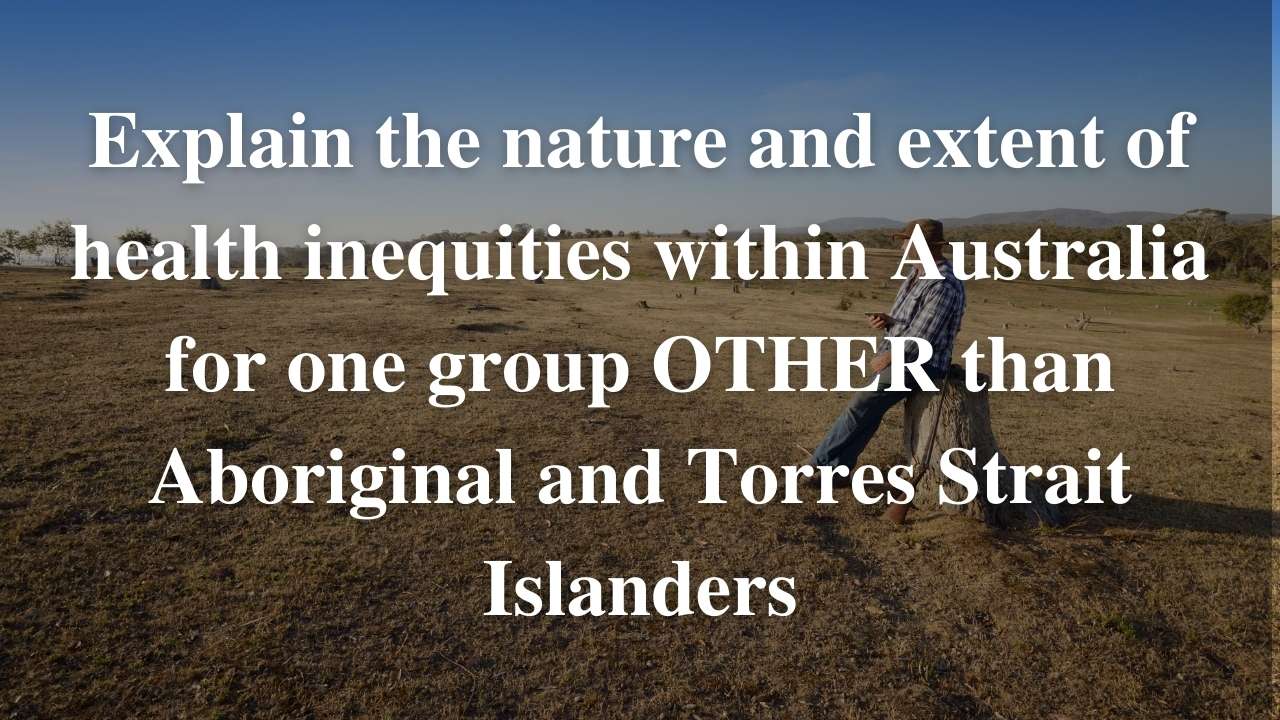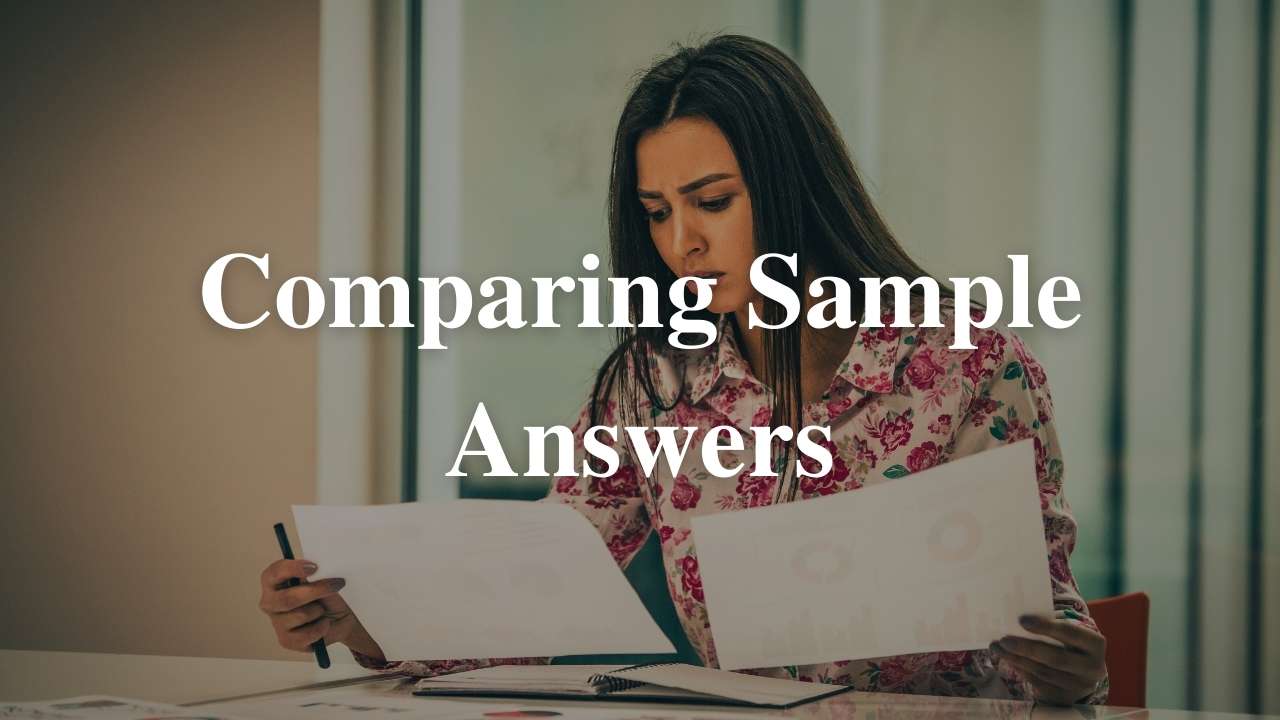This sample answer is for the question “Explain the nature and extent of health inequities within Australia for one group OTHER than Aboriginal and Torres Strait Islanders“. This is question 23 from the 2014 HSC PDHPE exam paper and is worth 5 marks.
Sample Answer
Socioeconomically disadvantaged people have worse health than other Australians. Socioeconomically disadvantaged people are less educated, have lower income level, are more unemployed, have high risk jobs, and/or lower paying employment. This leads to socioeconomically disadvantaged people having 40% higher death rates for CVD, being 6 times more likely to get lung cancer, having higher mortality rates for all cancers and a lower life expectancy compared with those with higher SES.
Poorer levels of education means they are less able to make correct decisions about health. They are less knowledgeable of risk and protective behaviours leading to poorer health decisions. An example of this is the higher smoking rates (2x) among socioeconomically disadvantaged people. This leads to children raised around second hand smoke, higher risk of cancer and higher mortality rates.
Lower levels of education also leads to limited employment options. This includes being unemployed, or working in high risk jobs. This can lead to poor mental health as well as reducing income. For example, a labourer is more likely to suffer an injury or develop skin cancer due to the work demands and frequent exposure to the sun.
Lower income levels also means they have less money to spend on their health. They may be forced to live in rural environments due to high housing costs in rural areas, or have to eat packaged foods rather than fruits and vegetables, which can be more expensive. For example, they cannot afford private health insurance and or pay for elective surgery for a knee replacement leading to higher rates of disability.
Learning from the answer
While this is not the perfect answer for “Explain the nature and extent of health inequities within Australia for one group OTHER than Aboriginal and Torres Strait Islanders”, you should note a few things as you read through the sample answer.
- Firstly, note the examples that I have included as underlined. These examples are required to be specific and show the cause and effect for “explain“.
- I also have given each topic a paragraph. There is a brief introduction, then each paragraph covers education, employment and income respectively (marked in bold).
- Note also, the links made between the paragraphs.
- This sample answer mentions specific chronic diseases that help highlight the inequity in health for socioeconomically disadvantaged people.
- It also makes explicit the relationship between socioeconomic disadvantage and poor health outcomes.
In order to receive top marks for the question “explain the nature and extent of health inequities within Australia for one group OTHER than Aboriginal and Torres Strait Islanders” the marking criteria wants the answer to:
- Makes evident the nature and extent of health inequities in one group in Australia other than ATSI
- Provides well-supported reasons for the inequities in one group in Australia other than ATSI






